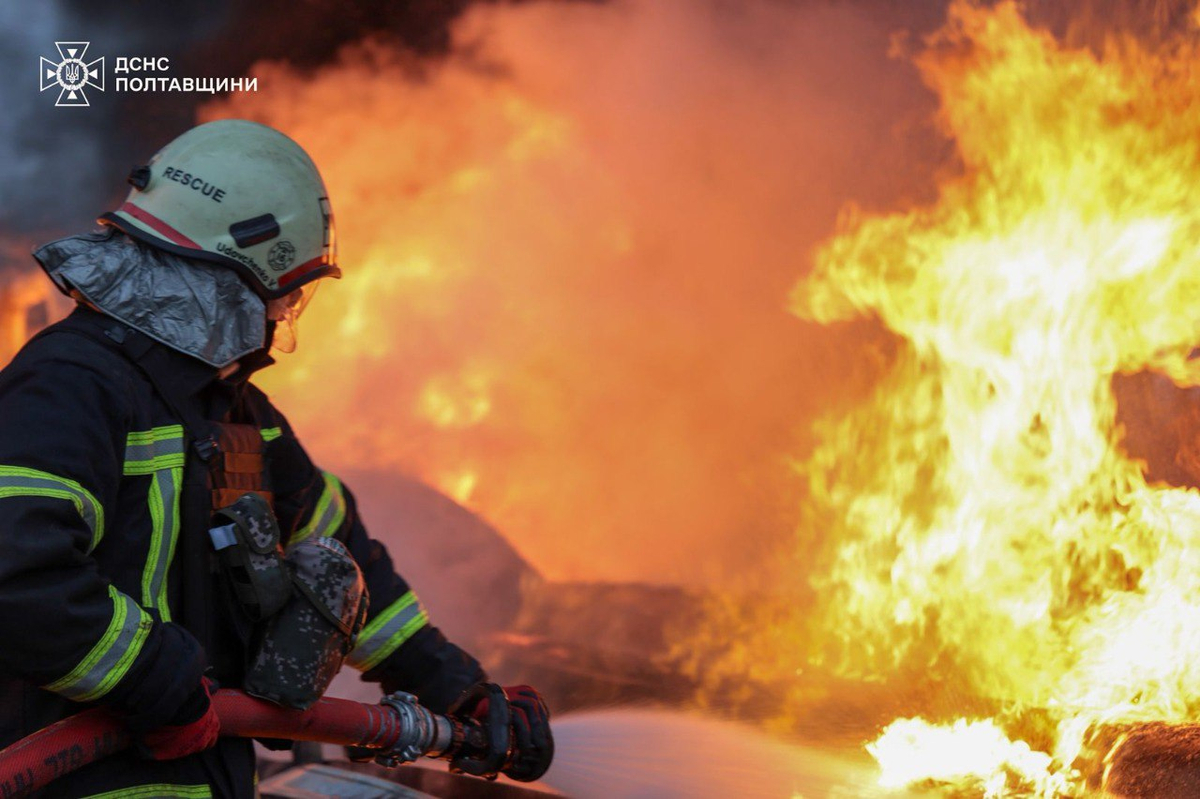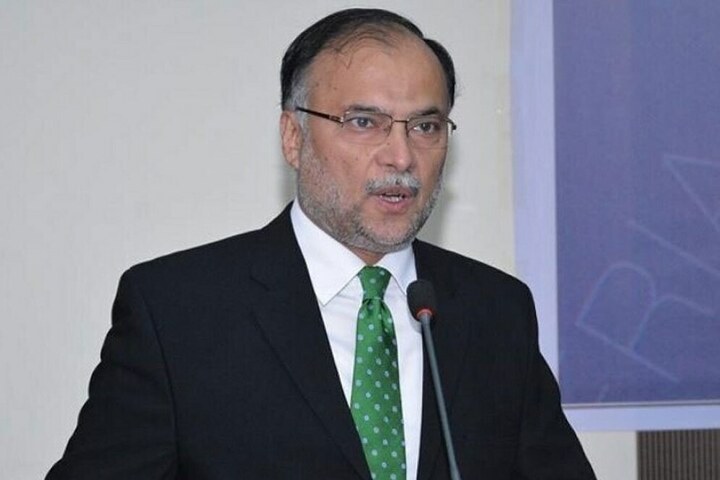Copyright kyivpost

It was a sadly familiar story for Ukrainians on the morning of October 30. Overnight Russian drone and missile attacks hammered the country’s energy infrastructure, resulting in emergency power cuts across the country and leaving thousands of homes and business in the dark. But another familiar aspect of the story was that, in many cases, power was soon restored. Ukraine’s ability to repair infrastructure and keep the lights on has been one of its standout achievements of the war so far. As soon as it became clear to Moscow that rather than achieving a quick win in Ukraine it was in for a hard fight, its military planners zeroed in on Ukraine’s power infrastructure. Knock it out, leave millions of people in the dark and cold, and the economy incapacitated, and victory will soon be in sight. So Russia unleased a firestorm on Ukraine’s power supply. According to Ukrenergo, Ukraine’s state-owned electricity transmission system operator, in just the first 365 days of fighting alone, 1,200 missiles and drones were fired at the country’s power system resulting in 50% of power plants and 40% of the network “suffering significant damage”. ‘Erase it from the map’ And the unrelenting pace of attacks has continued year after year. On October 17, Vitalii Zaichenko, the chairman of Ukrenergo’s management board, said that Russia was applying a “scorched earth” policy to Ukraine’s power system. “Massive attacks are now being carried out on each energy facility,” he told a conference in Kyiv. “Each day, waves of missiles and drones attempt to erase them from the map.” But the catastrophe the Kremlin hoped to inflict on Ukraine’s morale and economy has failed to appear. The energy sector has shown remarkable resilience. The question is how has it done this? One reason for the resilience pre-dates the war. Oleksandr Sukhodolia, an energy infrastructure specialist at Ukraine’s National Institute for Strategic Studies, said that Ukraine went into the war with a solid power network with diverse generation sources ranging from nuclear to coal-fired plants that produced a lot of electricity and could, to an extent, absorb a pounding. “Therefore, if some element is taken out from the net, it will not disturb, too much, the whole energy system,” he told TVP World. “Ukraine, by that I mean power plants on the territory of Ukraine, were once exporting energy to Eastern Europe. And after countries like Poland joined EU and got linked to European networks, we just had excessive idling capacities.” But when war comes defense become a priority, and Ukraine has had to defend its energy infrastructure. Ukrainian power companies have “implemented layered physical defenses” said Helene Bille Albrechtsen, director of energy and resources at Rasmussen Global, a think tank and advisory service. These layers can range from air defenses tasked with shooting down incoming missiles and drones, to fortifying control units—even with old-fashioned sandbags—to minimize the damage caused by attacks. But, she added, the emphasis has been on repairs rather than trying to protect everything.“Ukrainian energy companies have taken a pragmatic approach to the situation of massive Russian attacks on the energy infrastructure and focus on rapid recovery, prioritizing quick repairs over costly, comprehensive protection and prevention,” she told TVP World. “This pragmatic approach allowed for faster restoration of power after attacks.” The need for engineers This approach, however, has had a human cost. Scores of Ukrainian power workers have died in the fight to keep the lights on, and this toll has added to the workforce shortages, especially of highly-prized engineers, that all Ukrainian energy firms are facing. As part of measures to help alleviate manpower struggles, the government has introduced legislation protecting specialists, such as engineers, from conscription no matter what their age is or whether they have military experience. Repairs also come with a financial burden. While Ukrainian energy firms often pick up the initial bill for getting something fixed, the scale of the Russian attacks means that they, and the Ukrainian state, require foreign financial support in their fight to keep electricity flowing. Crucial financial aid has come from the European Bank for Reconstruction and Development (EBRD), and the EU has chipped in with its Ukraine Energy Support Fund, which enables member states and private companies to provide support for the Ukrainian energy sector. The fund, according to a report published by Rasmussen Global on Ukrainian energy resilience in June, had, as of April this year, raised €1.2 billion in pledges. But a way of mitigating costs, and damages, has been the development of a decentralized power system less reliant on single sources of power, which softens the effects of Russian mass attacks. “It is more complicated and costlier for Russia to target and attack wind turbines and small gas plants, for example, than larger, more centralized power plants,” the International Energy Agency wrote in a report on Ukraine’s energy security published on October 22. “As a result, continuing to decentralize the power system and add distributed generation strengthens Ukraine’s energy security and makes the grid more resilient to attacks.”This switch towards “distributed generation”, said Sukhodolia, has helped keep towns and cities running and provided a lifeline for critical infrastructure. Lessons for the West With Russia hammering Ukraine’s power network on a nightly basis, the West, it appears, needs to pay attention and make plans. “Western leaders need to understand that threats [to their energy infrastructure] are real,” said Sukhodolia. “It should be understandable to politicians, and Western democracies that they have to develop plans to respond to attacks,” he continued. “So far, much of the conversation in Europe remains focused on cybersecurity threats and how to mitigate these,” said Albrechtsen. “When it comes to the physical protection of critical energy infrastructure, the EU is largely unprepared and most of the preparedness is left to the private companies that own and operate the infrastructure.” She added that, like Ukraine, the EU needs to move towards distributed generation, make sure resilience is built into the design of energy infrastructure, and strengthen cross-border grid links “for mutual support during crisis.” “Above all, Europe has to treat energy security as national security. Ukraine’s experience shows what works—Europe’s task is to act before it’s tested,” she said.



